Your studio was founded in 1991. What were your expectations at that time?
I was eager to do things, as my heroes of the architecture and design my role modesl: Wright, Le Corbusier, Khan, Mies ... I figured that my life and career ought to be just as exciting as theirs, almost like in the movie "The FountainHead".
I started doing projects on a small scale, halfway between interior design and architecture, always addressing projects with the utmost passion, involved in manufacturing processes, and resolving to the smallest detail to make the spaces I created transmit something.
The design and architecture field has been continuously changing since 1991. What has been the major change in your opinion?
In my opinion, the society has been assimilating modern architecture, therefore I find it easier to connect with customers. When it comes to design and contemporary architecture, people know more and demand much more each time. The cultural environment has matured and we find ourselves today with better demand and greater acceptance of the contemporary language. On the other hand, the competition is now much higher than in the 90s´: there is a greater variety of good architects and designers, among other things there’s the possibility to work at ease at international level.
Ramon Esteve: endless success
Interview with the founder of the leading Spanish studio
Which one affected your work the most, in a good or bad way?
I think that both have affected me in a positive way. The fact that society has matured in the modernity and openness of my work to an international level, of course, is something very positive. The downside is the increase in competition. However, I also see it as a positive element since it forces me to evolve both naturally and by force.
Which of your projects represent your philosophy better?
Single-family homes, because they contain all I deal with on the most understandable and precise scale: architecture, interior design and furniture design. In short, everything that can produce an immersive experience.
In your opinion, what is the most crucial part of an interior design project?
The most important thing in any project is to start from a clear and resounding concept. The objective is to achieve harmony and balance between all the elements composing it.
What do you expect from the architecture of the coming years? Will it be more sustainable for example?
The inescapable future of architecture is that the buildings are self-sufficient for two logical reasons: because every time the buildings are more efficient and consume less energy, and the domestic energy systems of production and accumulation are more efficient every time. When joining the two, external dependency will disappear. In addition, a large portion of that energy may be produced by renewable energies.
What would you recommend to emerging young designers?
No beginning at any time through history has known to be easy, you need to work hard at things that bring you pleasure, and do not let yourself be overcome by those who may not understand you. In addition, this applies not only for the architecture or design field, but also for everything in life.
What is the main achievement you fulfilled?
That I managed to transmit emotions throughout the matter.
What kind of legacy will your studio leave?
I still have a long way in my professional career; it is yet unknown.
Is there any project you dream about?
I would like to be able to bind in a single project, three ideas that are appeal to me: the architecture as experience, the city as the environment in which there is complexity of human relationships, and vertical construction as a challenge that modifies the perception of the landscape.
Info: www.ramonesteve.com
Photo Courtesy: Jonathan Segade, Mariella Apollonio, Mario Sierra
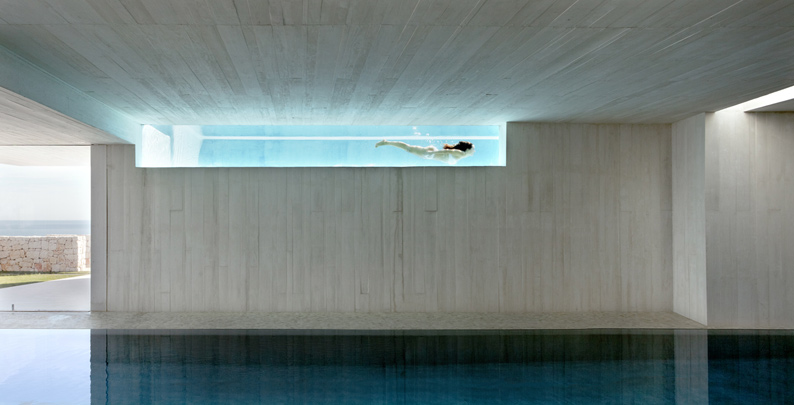

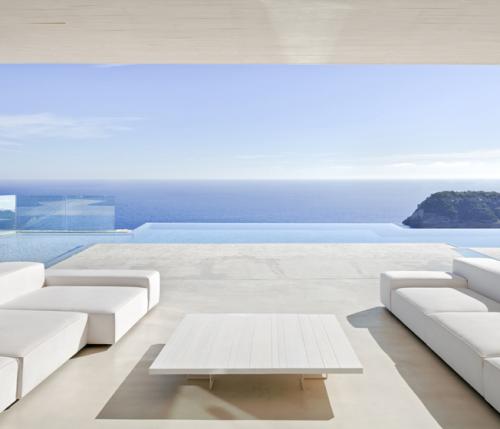
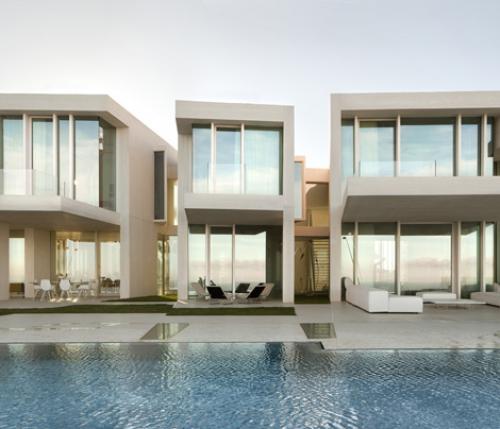
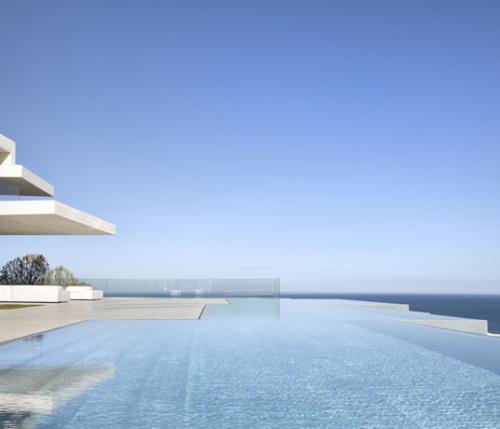
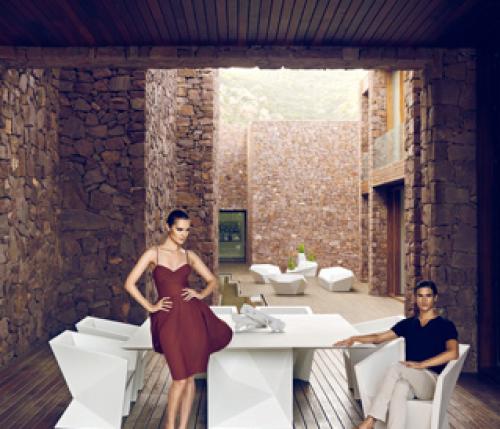
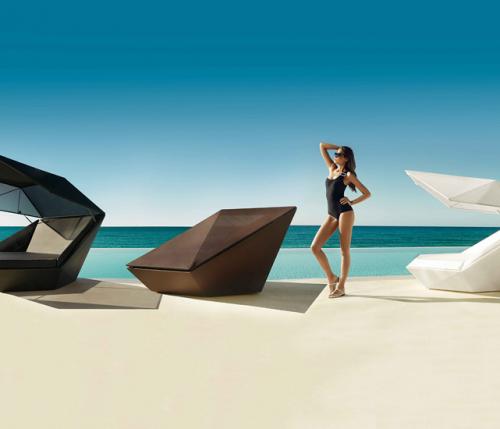
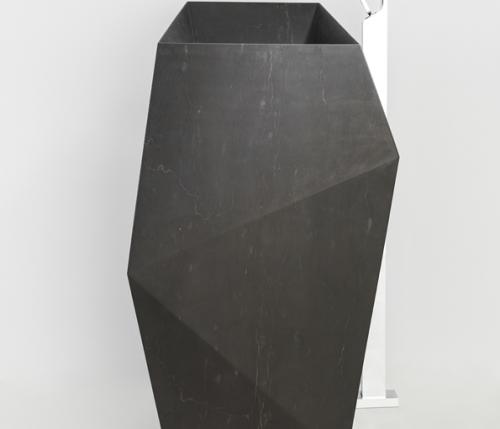
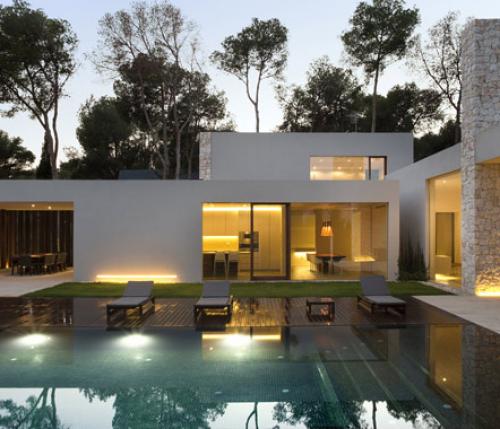
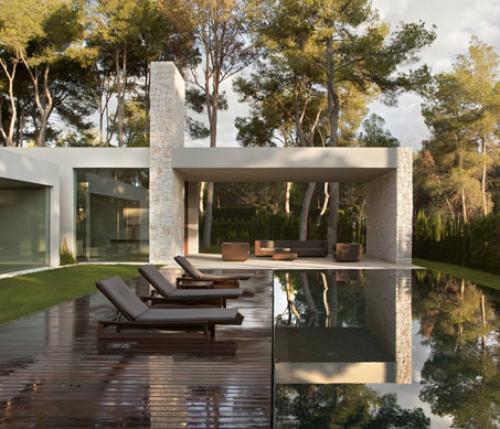
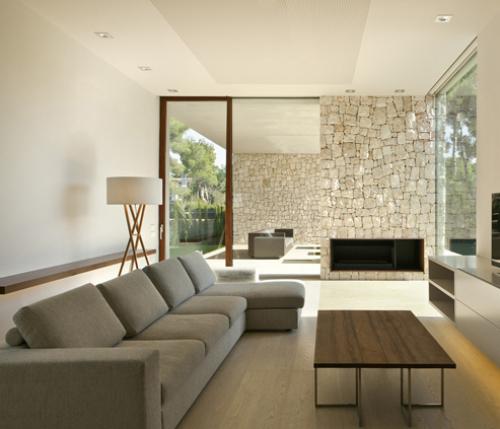
 Workspace Design Show: 2024 UK Edition
Workspace Design Show: 2024 UK Edition  Open-air elegance: Claudio Bellini x Higold, the symphony of outdoor design
Open-air elegance: Claudio Bellini x Higold, the symphony of outdoor design  A stylish oasis for outdoor spaces
A stylish oasis for outdoor spaces  How to capture your property's best features
How to capture your property's best features